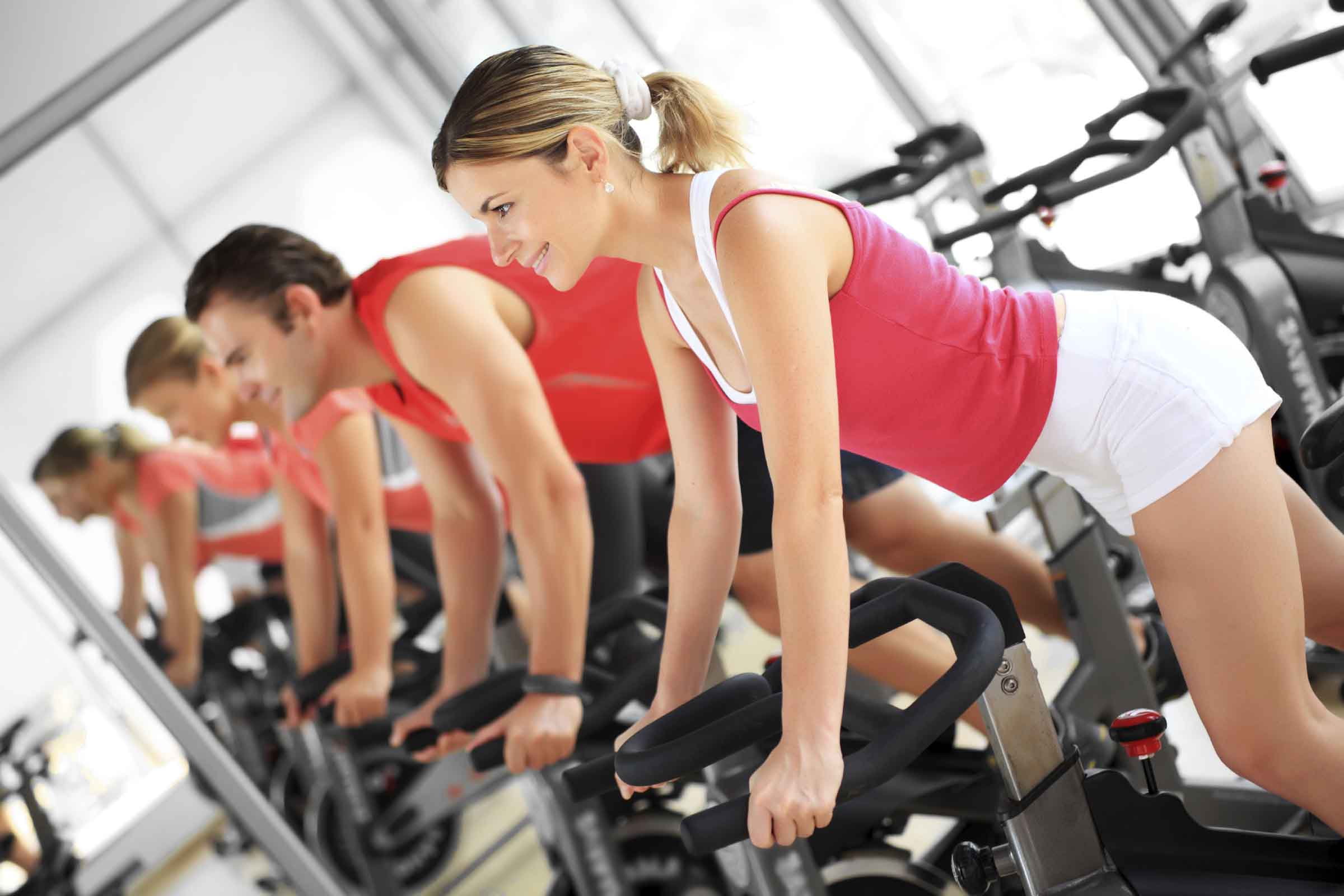Is Your Workout Missing These 8 Important Things?
When undertaking any sort of exercise routine, many people miss key steps that have a negative impact on results. A lot of people who begin exercising become frustrated with a lack of immediate results, and in most cases, it is because they are not doing something on this list. Exercise programs will not achieve the desired results immediately and it takes hard work as well as dedication in order to see it become fruitful. Whether the goal is to gain muscle mass, tone up, or lose excess weight, the following items are crucial components of any workout regiment. Consult a local gym and/or personal trainer for more information on how to implement these techniques within a workout.
Time Limit

After spending an hour or two in the gym, many people will understandably feel fatigued and will stop making progress in terms of exercise goals. A reasonable time limit is necessary for anyone who exercises in any capacity. A time limit on a workout can also lead to refining it for the better by getting rid of time-wasting exercises that clog up a routine. Rather than spending two hours in a gym, a well-rounded workout that lasts forty-five minutes will be of more benefit to almost anyone. Time limit and workout intensity are two very important factors in seeing results from exercising. The notion of a time limit can also be extended to the number of days people spend working out per week and if they have adequate rest days. Note that there is also a minimum recommended amount of exercise. An average adult should aim for thirty minutes of light exercise per day.
Muscle-Group Focus

Focusing on specific muscle groups is important for two main reasons. First, focusing on a specific muscle group will give the other muscle groups a 'rest day' even though the individual is still working out. This is important for recovery and overall performance while working out. The second reason behind this strategy is to make sure an individual's workout is well balanced and targets a variety of muscles. An example of muscle group focus (for someone who goes to the gym four times a week) would be working out leg muscles on two days each week and working out the chest, shoulders, and arms on a different two days each week. This is common knowledge among gym buffs but is helpful for anyone who exercises to know.
